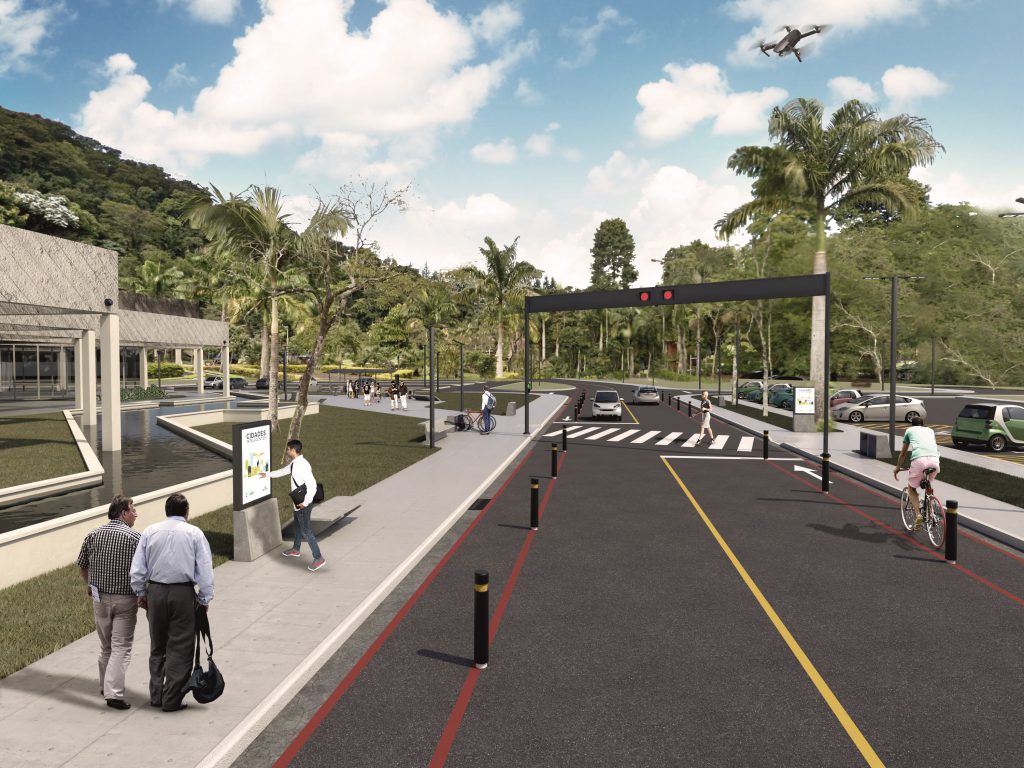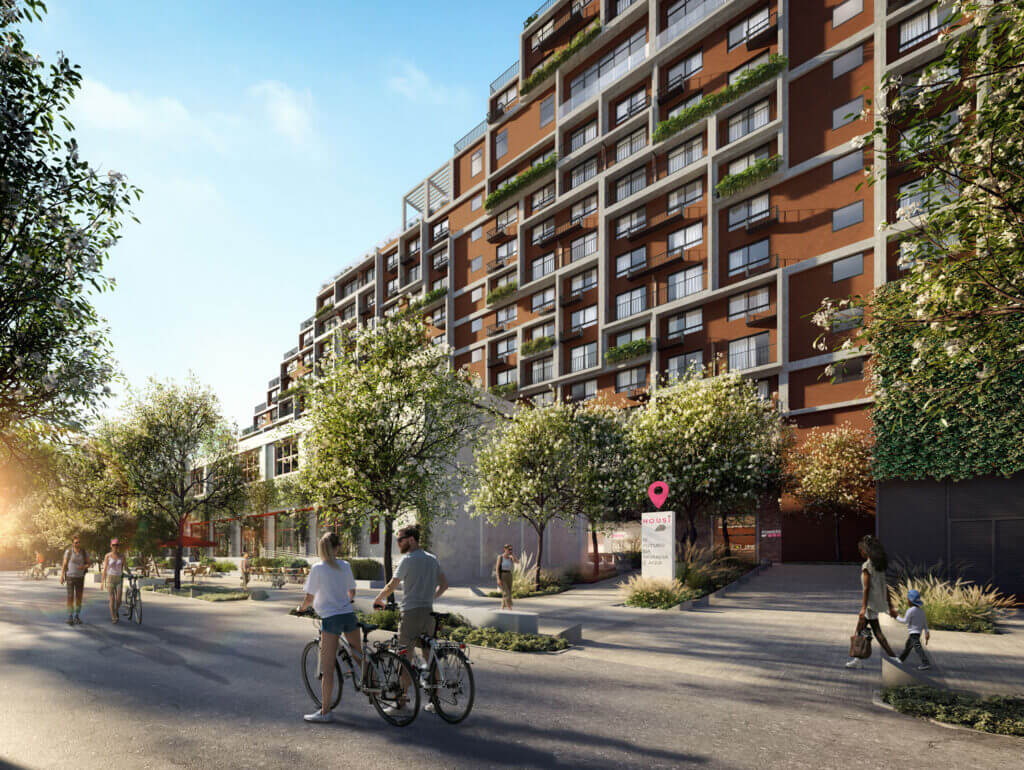ESG is one of the hottest architectural trends these days. It is a set of good practice guidelines to be followed by companies and architects.
Follow the article to understand better about ESG!
A little about the beginning of it all
ESG is the acronym for Environmental, Social and Governance, which means Environmental, Social and Governance, in Portuguese. During the 1970s and 1980s, social criteria began to be considered by investment funds in decisions about which companies should receive funding. At that time, the term used was SRI, an acronym for Socially Responsible Investing, or Responsible Sustainable Investment.
The US investment fund Pax Sustainable Allocation Fund Investor Class (PAXWX) was the first responsible fund in 1971. It did not invest in companies that financed the Vietnam War. Soon after, in the 1980s, some large investors did not associate with companies that caused environmental catastrophes.
In the 1990s and 2000s, socially responsible financial indices emerged, such as the Dow Jones Sustainability Index, which evaluated companies using fundamentals that are now called ESG.
In 2005, the ESG began to be used and its criteria began to be taken into account in investment decisions. Its guidelines were defined by several countries – including Brazil. Currently, he is one of the great architecture trends.
To invest or not to invest in ESG?
It's really worth investing in ESG. The demand for sustainable actions is becoming more and more common and evident for companies, since the concern with environmental issues and the position of organizations about it have been increasingly important for business.
The financial market is also influenced by social and environmental issues. The pillars of the ESG are key points in investor decisions and risk analysis, which is why investment funds are increasingly subsidizing companies that do not have a sustainability program.
ESG Pillars
The pillars are: Environmental or environmental, social and Governance or Governance.
Environmental or Environmental it concerns how the company deals with the environment, what are the impacts it produces and how it does to reduce damage in all its processes. Environmental performance must be aligned with the six Sustainable Development Goals (SDGs) of the United Nations (UN), which are:
- Accessible and clean energy;
- Clean water and sanitation;
- Responsible consumption and production of resources;
- Life on earth;
- Life under the earth;
- Climate action.
Social it is how the company's processes affect people, such as employees, customers and the local community.
Employees who are happy with their workplace tend to have a stronger relationship with the company, which can improve company performance.
Some actions that help the social pillar are:
- Offer a fair remuneration;
- Health and wellness;
- Safe working conditions;
- Inclusion and diversity;
- Protection against child labor;
- Anti-corruption measures.
Governance or Governance deals with the policies and structures in which the company is managed. Some actions that show good governance are:
- Transparency;
- Accountability;
- Equity;
- Moral posture;
- Corporate Responsibility;
- Ethic.
Where to apply the ESG concept?
The environmental issue can be applied in architecture by environmentally friendly practices and architectural trends, such as landscaping, solar panels and natural lighting.
Social can be applied to companies with diversity, social projects and respect for employees and customers.
In governance, it applies to compliance with laws and tax obligations, transparency, among other practices.
Purpose of the ESG
The advantages are many, such as:
- Gains in productivity;
- Improved company image;
- Better employee satisfaction;
- Long-term competitive advantage;
- Reduction of environmental risks.
ESG: how to implement?
First, identify what changes are needed. So, see which social impact actions can be implemented with ESG; choose the best strategies for your company; implement to the capacity of the business, then verify the results, iterate and improve.
About Plantar Ideias
Plantar Ideias works with architecture and landscaping, creating unique and sustainable scenarios through the criteria ESG.
Discover our website and a little more about our work!





